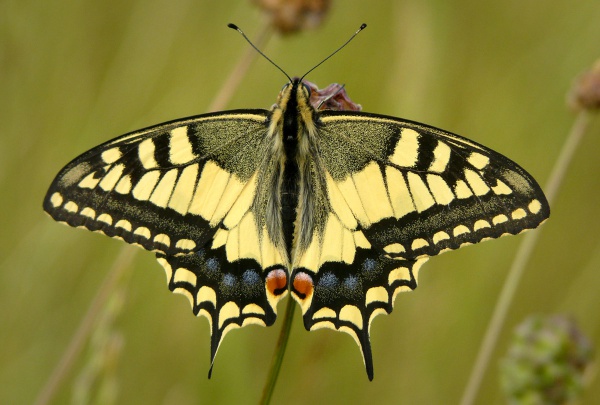Facts About Papilio
The genus *Papilio*, a member of the swallowtail butterfly family, Papilionidae, is uniquely positioned within the tribe Papilionini. The name "Papilio" is derived from the Latin word for butterfly. This diverse genus encompasses several well-known species, such as the common yellow swallowtail (*Papilio machaon*) found in the Northern Hemisphere, the western tiger swallowtail (*Papilio rutulus*) prevalent in North America, and various other species including the Mormons in Asia, the orchard and Ulysses swallowtails in Australia, and the citrus swallowtail in Africa.
Historically, swallowtails were categorized into numerous small genera. However, contemporary taxonomy has unified many of these into the genus *Papilio*, which now comprises approximately 200 species. Some taxonomists even regard subgenera like *Chilasa* and *Sinoprinceps* as subsets of *Papilio*. The larvae of *Papilio* species often mimic bird droppings during their development, an ingenious adaptation to evade predators. Adult butterflies, which are generally palatable to birds, frequently employ mimicry as a defense mechanism.
The larvae of *Papilio* species predominantly feed on plants from the Rutaceae family, including *Citrus*, *Murraya*, *Choisya*, and *Calodendrum*. These caterpillars accumulate terpenoids from their diet, which they convert into a defensive, foul-smelling oil to ward off threats.
Within the genus *Papilio*, species are organized alphabetically by subgenus, and each subgenus contains multiple species groups. Some prominent groups include the machaon, polytes, aegeus, memnon, troilus, glaucus, and xuthus groups. Each group comprises several species, each with distinct characteristics and geographical distributions.

 Pakistan
Pakistan